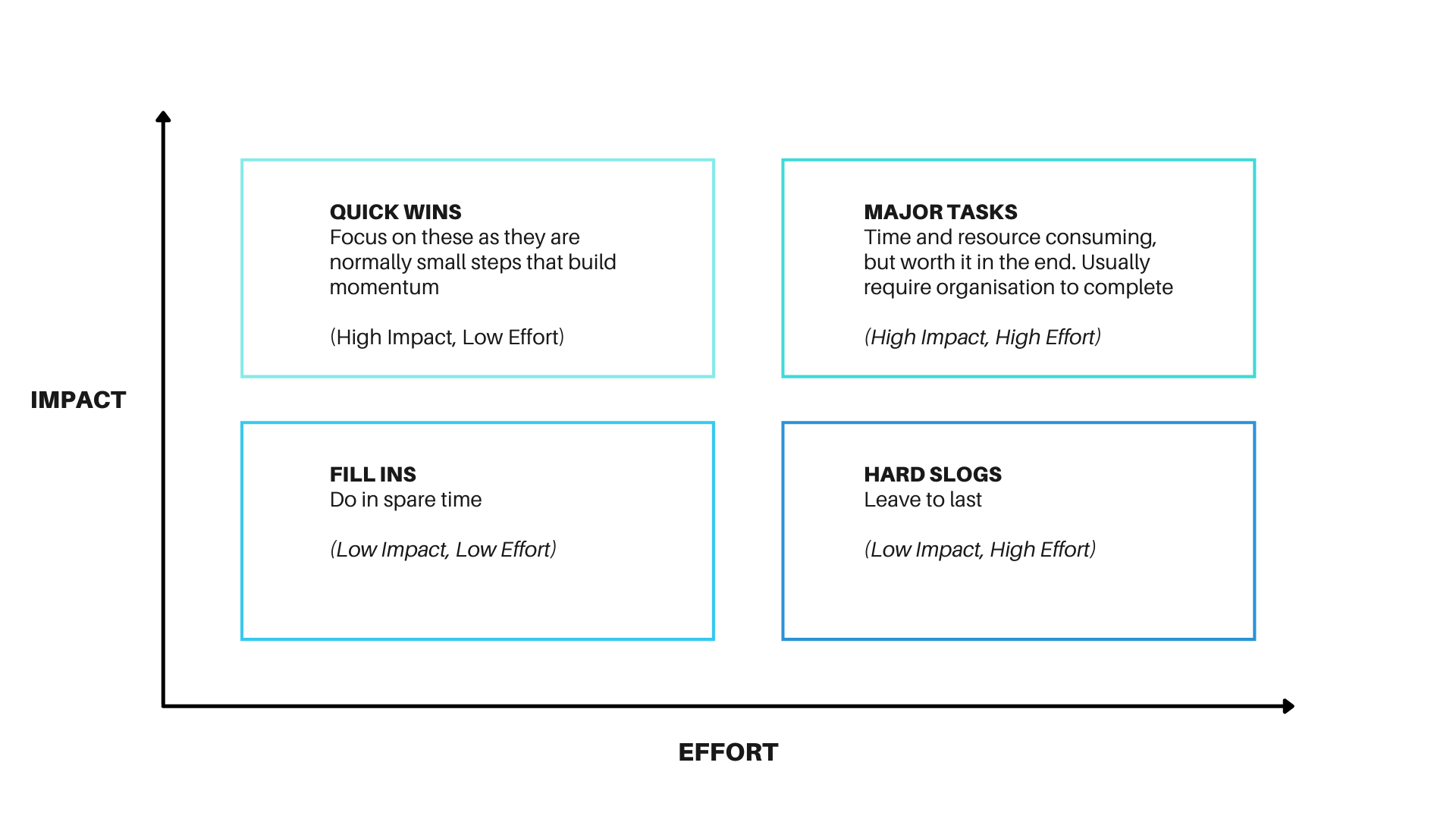Top tips for weightloss from ONI Nutritionists (Part 1)
Top tips for weightloss from ONI Nutritionists (Part 1)
With many clients looking to shed weight as their main goal this year, we wanted to share helpful tips and step-by-step processes that our nutritionists use when working with their clients. It starts with a powerful goal setting process (part 1), then more food specific tips in a later post (part 2).
Goal Setting:
When setting a goal for weightloss (or anything really), it helps to choose a direction you want to head in AND a direction you want to move away from. Having both points identified helps you establish a clear direction for your goal.
motivations:
There are generally ‘internal’ and ‘external’ motivations for your goals.
Internal motivations are things like your values and your own feelings.
External motivations are things like expectations, praise, and other people's feelings.
Weightloss tends to carry a lot of weighted motivations (often from many places) so it’s helpful to try and identify them. It’s also important to try and find a balance of motivations on both sides to give yourself the best chance of success.
History:
It’s important to know where you’ve been and where you’ve come from. What has worked well in the past? What hasn’t worked well in the past? Why? These are all lessons that you can take into the future with you. Looking back in hindsight can also be helpful as you can view your past perspectives with a new lens.
Measures of Success:
In order to maintain motivation towards a goal and know when progress is being made, it is important to identify what is going well or not on the journey. There are ‘subjective’ and ‘objective’ measures of success and it’s important to have a balance of the two measures.
Objective:
These tend to be things you can measure and observe with some accuracy, for example:
Bodyweight
Body dimensions/measurements
Food/activity logs eg (how many times you worked out that week or how many portions of vegetables have changed week to week for example).
Subjective:
These tend to be things that are self reported, for example:
Symptoms, feelings, confidence
Action Plan:
What are you going to do to achieve those goals? This part of the process can take the form of a mind map, brainstorm, lists, or anything that gets your thoughts onto paper (or a word doc. Whatever you prefer). Laying out all the tasks associated with achieving your goals helps you figure out what actions to take and which ones to prioritise over others.
An ‘Action/Priority Matrix’ can be helpful when figuring out what to prioritise (image below).
Tips for consistency:
Start small! We can't emphasise this enough for long lasting change. Changing food habits and your view of food isn’t going to happen overnight. A lot of our clients have had previous experience trying to lose weight and have struggled to stay on a consistent path for a meaningful period of time. They don’t end up having long lasting results because of this and can become frustrated or deterred altogether.
This is usually because they have tried to change too much and too quickly and end up burning out. Drastic change usually destabilises energy and mood, derailing consistency as it is too hard to keep up. This is usually coupled with developing disordered eating and poor relationships with food.
It takes time to re-establish healthy relationships, attitudes, and views around food and its behaviours, so we've found that the 'plan' that works best is the one that introduces changes at a pace that you can stick to.
Stay tuned for part 2 where we go over more specific food related tips!
If you are wanting some guidance or help with weightloss or nutrition as a whole, please don’t hesitate to reach out! Our qualified nutritionists are more than happy to help.
ONI Personal Training | Massage Therapy | Nutrition Coaching | Movement Coaching




